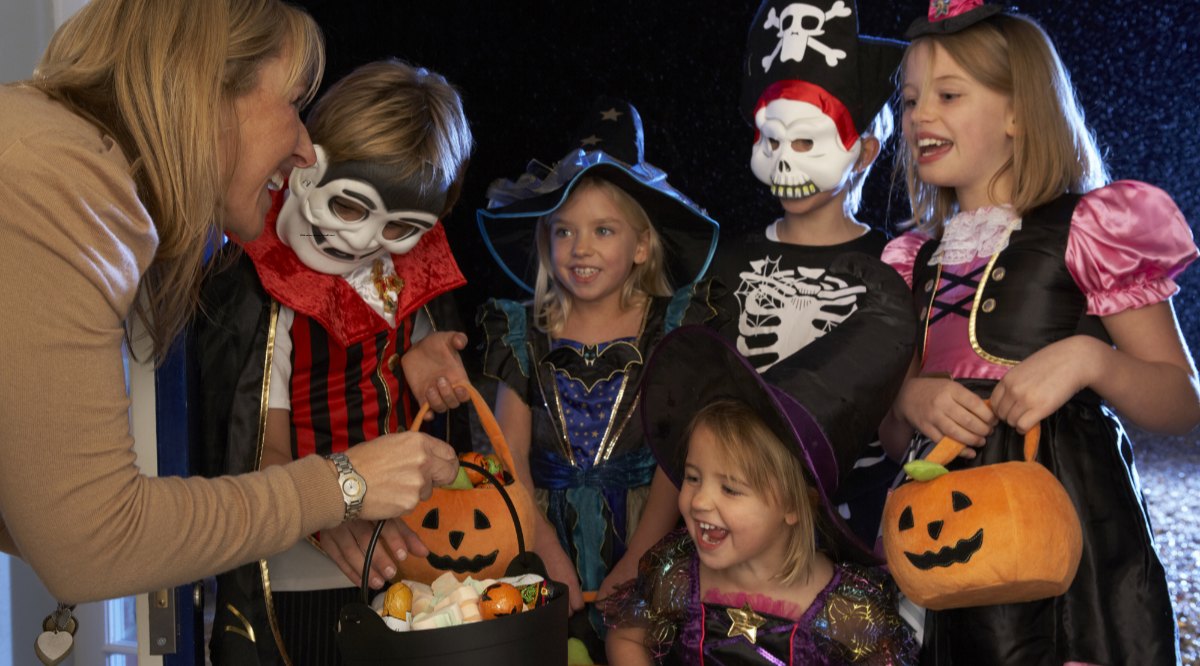Halloween Traditions: Halloween is one of those rare festivals that connects people across countries through stories, costumes, and a shared fascination with the supernatural. While many think of it as an ‘American’ holiday filled with trick-or-treating and spooky decorations, the truth is that Halloween’s roots go much deeper. The celebration actually began over 2,000 years ago with the ancient Celtic festival of Samhain, which marked the end of harvest season and the beginning of winter, a time believed to blur the line between the living and the dead.
Over time, this festival has evolved and spread across continents, mixing with different cultures and religions. Some countries honour the spirits of their ancestors, others throw massive street parades, and a few add their own fun twist to the spooky season.
Check out: The Origins of Halloween Symbols: Pumpkins, Ghosts, and Black Cats Explained
Halloween Traditions
So, let’s take a look at the top 10 Halloween traditions across the world
| Traditions | Country |
| Trick or Treating | United States |
| Samhain | Ireland |
| Día de los Muertos | Mexico |
| Pangangaluluwa | Philippines |
| Teng Chieh (Hungry Ghost Festival) | China |
| La Festa di Ognissanti | Italy |
| Fet Gede | Haiti |
| La Toussaint | France |
| Halloween in Japan | Japan |
| Sint-Maarten | The Netherlands |
1. Trick or Treating
Trick-or-treating is the iconic Halloween tradition where children wear costumes and go door-to-door on October 31st, calling out "Trick or treat!" to collect candy. This fun custom has ancient origins in the Celtic festival of Samhain, where people wore disguises and left out food to ward off or appease spirits. Over time, this evolved into practices like "Souling" and "Guising" in parts of Europe, where people would ask for food or money in exchange for prayers or a performance. The custom arrived in America with immigrants and gained widespread popularity in the 1920s and 30s as an organized, community-friendly activity, eventually cementing its place as the sugary holiday highlight.

2. Samhain
Halloween has its true beginning in Ireland with the ancient Celtic festival of Samhain. This festival marked the end of summer and the start of the dark winter, and Celts believed it was the night when ghosts and spirits could easily cross into the world of the living. A beloved modern tradition related to this is eating Barmbrack, a sweet Irish bread. Hidden inside are tokens, like a ring (predicting marriage), a coin (predicting wealth), or a rag (predicting misfortune), that are used for a playful form of fortune-telling for the coming year.
3. Día de los Muertos
Día de los Muertos (Day of the Dead) is a vibrant and deeply meaningful Mexican holiday celebrated on November 1st and 2nd. Crucially, it is not a day of sadness or mourning, but a joyful celebration to honour and remember family and friends who have passed away. Families prepare by building beautiful, colorful home altars called ofrendas, decorating them with marigold flowers, candles, sugar skulls, and the favourite foods and drinks of the deceased. During the celebration, people paint their faces like friendly skulls, known as Calaveras, dress up, and take part in lively parades, dances, and feasts, welcoming the spirits back for a joyful, brief reunion.
4. Pangangaluluwa
The Philippine tradition of Pangangaluluwa was the country's version of going door-to-door before "trick or treat" became common. On the night of October 31st, people, often children, would dress as wandering souls and visit homes. They would sing songs related to the dead, asking for offerings like rice or coins in return. This custom was a way to collect alms to pay for prayers and masses, ensuring the souls of the departed would find peace.
-1761640222501.jpg)
5. Teng Chieh (Hungry Ghost Festival)
The Teng Chieh (Hungry Ghost Festival) in China is a time for honoring ancestors, held during the seventh lunar month when the gates of the underworld are believed to open, allowing spirits to roam. To welcome and appease these souls, families leave out food, incense, and burn paper money. A key tradition involves setting an empty seat at the dinner table for departed loved ones, showing deep respect and ensuring their comfort during their visit to the living world.
Comments
All Comments (0)
Join the conversation